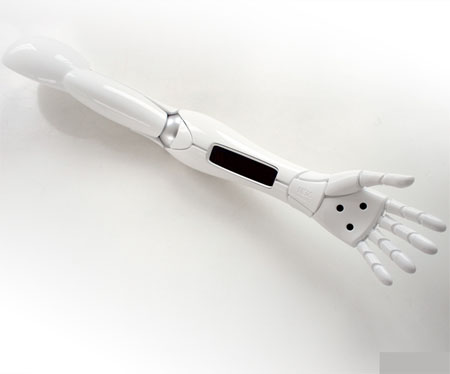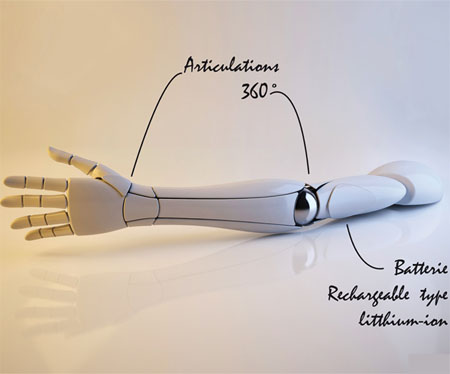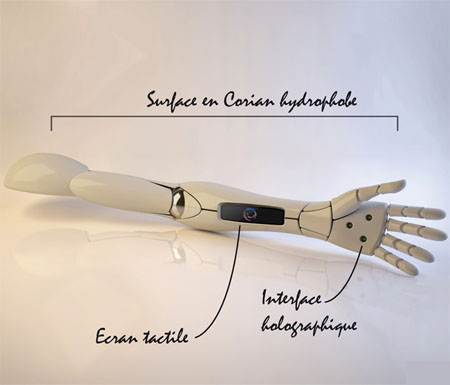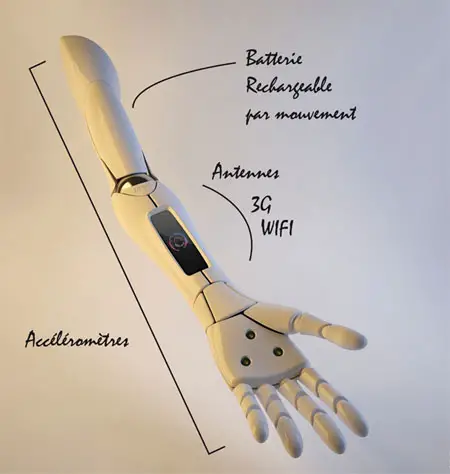This EMP Cannon Gun (to halt cars immediate )
We've heard of electromagnetic pulses cutting steel in milliseconds, but apparently they can also be used to stop moving cars just as fast. The cannon demonstrated in the video here is still a prototype, but it definitely seems to work.
The idea is that an electromagnetic pulse would be used to disable a car's microprocessors, chips, and whatever other electronics are keeping it running. The final "cannon" system, built by Eureka Aerospace, will apparently a bit smaller and lighter than what we see in the video—it'll be suitcase-sized and about 50 pounds—and it will "stop cars in their tracks up to 656 feet (200 m) away."
I wish they tested that cannon on a moving car, but it does just what it should by disabling the car's electrical system. Only trouble is that even once the system is perfected and in use it can still be foiled easily: By using a pre-1970s car which doesn't "rely on microprocessors." Whoops.
We've heard of electromagnetic pulses cutting steel in milliseconds, but apparently they can also be used to stop moving cars just as fast. The cannon demonstrated in the video here is still a prototype, but it definitely seems to work.
The idea is that an electromagnetic pulse would be used to disable a car's microprocessors, chips, and whatever other electronics are keeping it running. The final "cannon" system, built by Eureka Aerospace, will apparently a bit smaller and lighter than what we see in the video—it'll be suitcase-sized and about 50 pounds—and it will "stop cars in their tracks up to 656 feet (200 m) away."




















